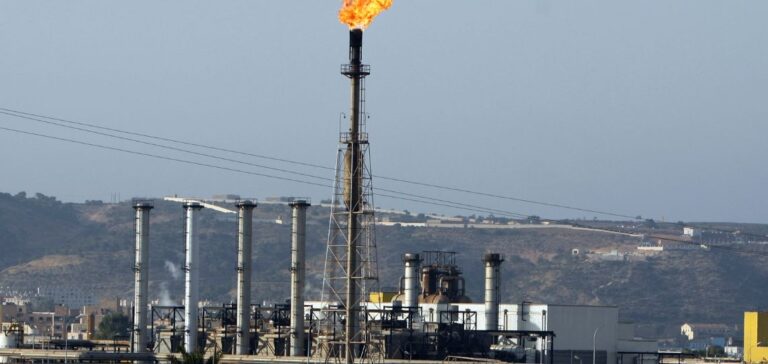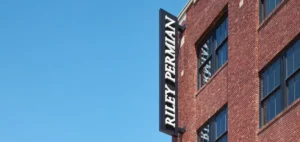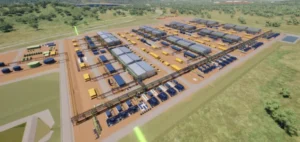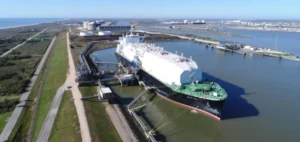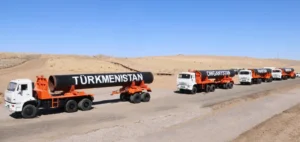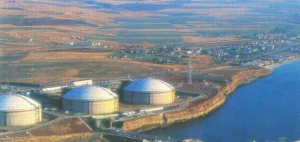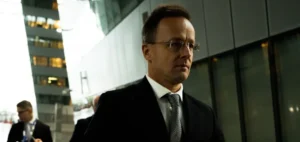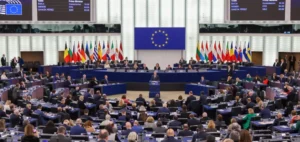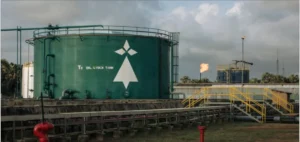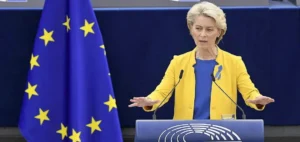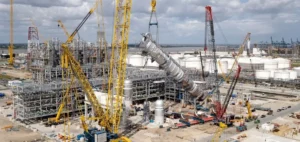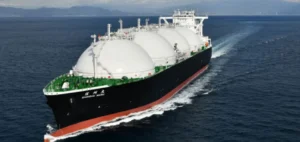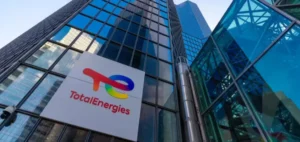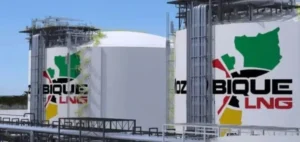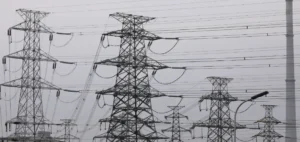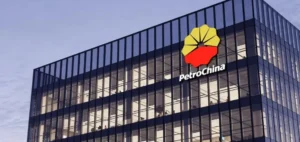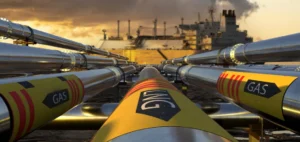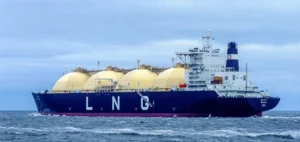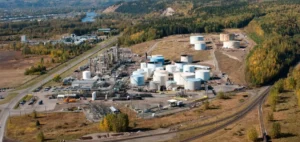In December 2023, Invictus Energy marked a major milestone with the discovery of a substantial gas reserve via the Mukuyu-2 well in the Cabora Bassa project in Zimbabwe, following the search for oil reserves. This announcement promises to transform the regional energy landscape by harnessing this deposit to support local initiatives such as powering the Eureka gold mine.
Strategic partnerships and development
Invictus Energy has signed an agreement with Himoinsa Southern Africa and Dallaglio Investments Pvt Ltd for the construction of a 12 MW power plant. This facility, fuelled by gas from Cabora Bassa, will supply electricity via the national grid to boost operations at the Eureka mine, located just 50 km from the gas site.
Economic impact and future expansion
The project is not limited to the current plant; a feasibility study is underway to expand capacity to 50 MW. This development could not only meet the energy needs of private customers, but also contribute to the Southern African power pool, reinforcing regional integration and energy stability in addition to the major green hydrogen project led by Zimbabwe.
Long-term vision and ambitions
Scott Macmillan, CEO of Invictus Energy, sees this initiative as an ideal pilot project for early production and revenue generation. With around 20 Tcf of gas and 845 million barrels of potential oil, the Cabora Bassa project is positioned as a major catalyst for economic growth and sustainable development in the region.
Invictus Energy’s discovery and exploitation of Cabora Bassa gas could revolutionize the energy and economic supply of Zimbabwe and southern Africa, marking a decisive step towards energy independence and sustainable development.


